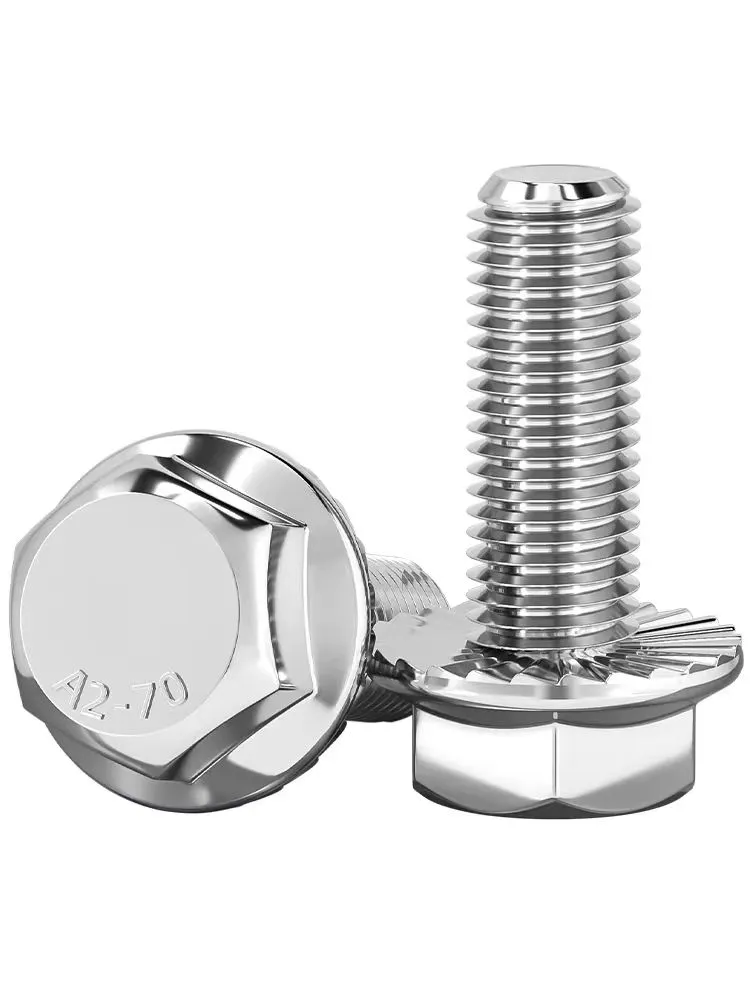

shear stud bolt
Dec . 05, 2024 14:55 Back to list
shear stud bolt
Understanding Shear Stud Bolts Purpose, Applications, and Benefits
Shear stud bolts, commonly referred to as shear connectors, play a vital role in the construction and engineering sectors, particularly in composite structures. These specialized fasteners are designed to transfer shear forces between different materials, primarily between steel beams and concrete slabs. In this article, we will explore the purpose, applications, and benefits of shear stud bolts, while providing insights into their significance in modern construction.
Purpose of Shear Stud Bolts
The primary function of shear stud bolts is to ensure effective load transfer between components in a composite beam system. In a typical scenario, shear connectors are attached to the top flange of a steel beam, allowing for the transfer of forces between the concrete slab and the steel structure. This connection is crucial in preventing slippage, ensuring that the two materials behave as a single unit under load. By enhancing the structural integrity of the composite system, shear studs help improve the overall performance of buildings and bridges.
One of the critical properties of shear stud bolts is their ability to resist shear forces. When loads are applied to a composite structure, the shear studs act as mechanical anchors, keeping the steel and concrete bonded together. This interconnection significantly improves the strength and stability of the entire assembly, making it a safer and more efficient design choice for modern engineering projects.
Applications of Shear Stud Bolts
Shear stud bolts find various applications across multiple sectors. One of the most prominent uses is in the construction of composite steel-concrete beams. These beams are widely utilized in high-rise buildings, parking structures, bridges, and industrial facilities, because they combine the high tensile strength of steel with the compressive strength of concrete.
Moreover, shear stud bolts are also employed in precast concrete construction, where elements are fabricated off-site and then transported for assembly
. In this context, shear connectors ensure that the segments hold together effectively, maintaining structural integrity throughout the construction process. Additionally, they play a crucial role in the design of floor systems, where composite actions are essential for load-bearing capacity.shear stud bolt

Another significant application of shear stud bolts is in bridge construction. Various types of bridges, including composite and reinforced concrete structures, rely on shear connectors to maximize their load-carrying abilities and durability. This application not only extends the lifespan of bridges but also enhances their ability to withstand dynamic forces like wind and vehicular loads.
Benefits of Shear Stud Bolts
The advantages of using shear stud bolts in structural design are substantial. Firstly, they contribute to a reduction in construction time and costs. By allowing for composite action between concrete and steel, shear connectors can reduce the amount of material required, yielding lighter and more efficient structures. This reduction in material usage leads to lower overall project costs and less environmental impact.
Secondly, shear stud bolts enhance the performance of structures under various loading conditions. The composite action they provide allows for better distribution of forces, making structures more resilient to stress and deformation. As a result, buildings and bridges can achieve greater heights and spans without compromising safety.
Finally, shear stud bolts also offer significant flexibility in design. Engineers can customize the size, spacing, and number of shear connectors to meet specific load requirements, accommodating diverse construction scenarios and architectural designs. This flexibility ensures that every project can be tailored to meet the unique challenges it faces, all while maintaining structural integrity and safety.
Conclusion
In summary, shear stud bolts are a pivotal component in modern construction, serving essential functions in the design and performance of composite structures. Their ability to transfer shear forces effectively allows for innovative and efficient engineering solutions, addressing the demands of contemporary architecture and construction. By understanding the purpose, applications, and benefits of shear stud bolts, industry professionals can enhance building safety, performance, and sustainability, ultimately contributing to the advancement of infrastructure worldwide.
Latest news
-
Hot Dip Galvanized Bolts-About LongZe|High Strength, Corrosion Resistance
NewsJul.30,2025
-
High-Strength Hot Dip Galvanized Bolts - Hebei Longze | Corrosion Resistance, Customization
NewsJul.30,2025
-
Hot Dip Galvanized Bolts-Hebei Longze|Corrosion Resistance&High Strength
NewsJul.30,2025
-
High-Strength Hot-Dip Galvanized Bolts-Hebei Longze|Corrosion Resistance&High Strength
NewsJul.30,2025
-
Hot Dip Galvanized Bolts-Hebei Longze|Corrosion Resistance&High Strength
NewsJul.30,2025
-
Hot Dip Galvanized Bolts - Hebei Longze | Corrosion Resistance, High Strength
NewsJul.30,2025

